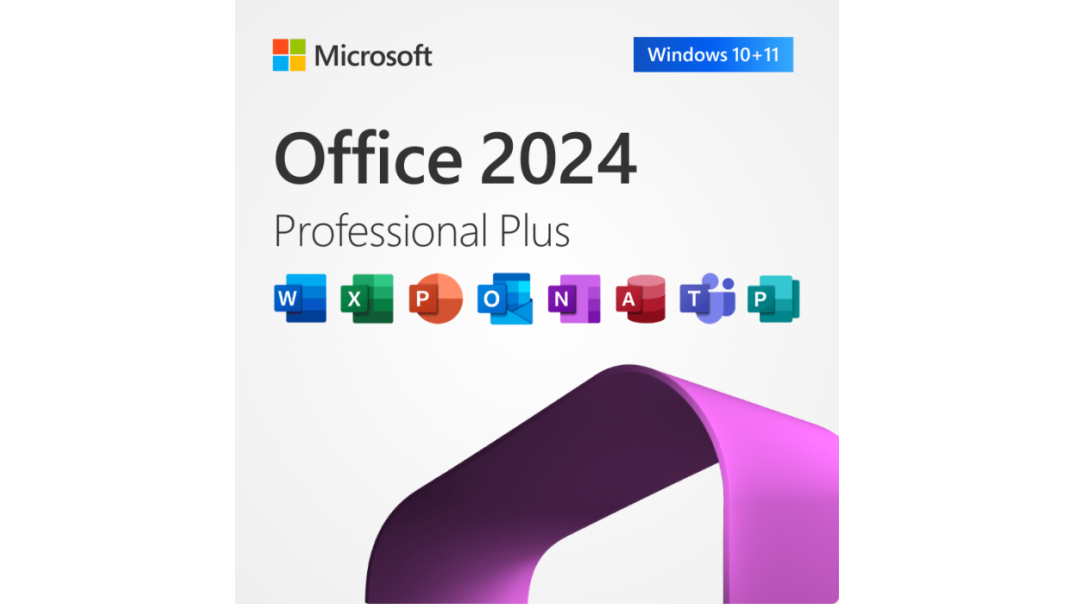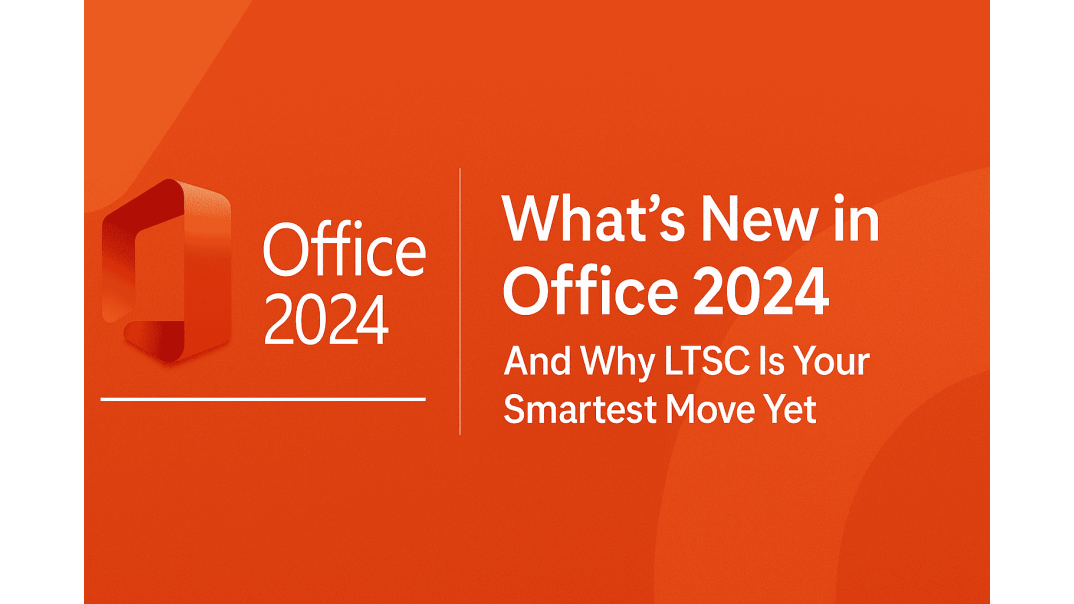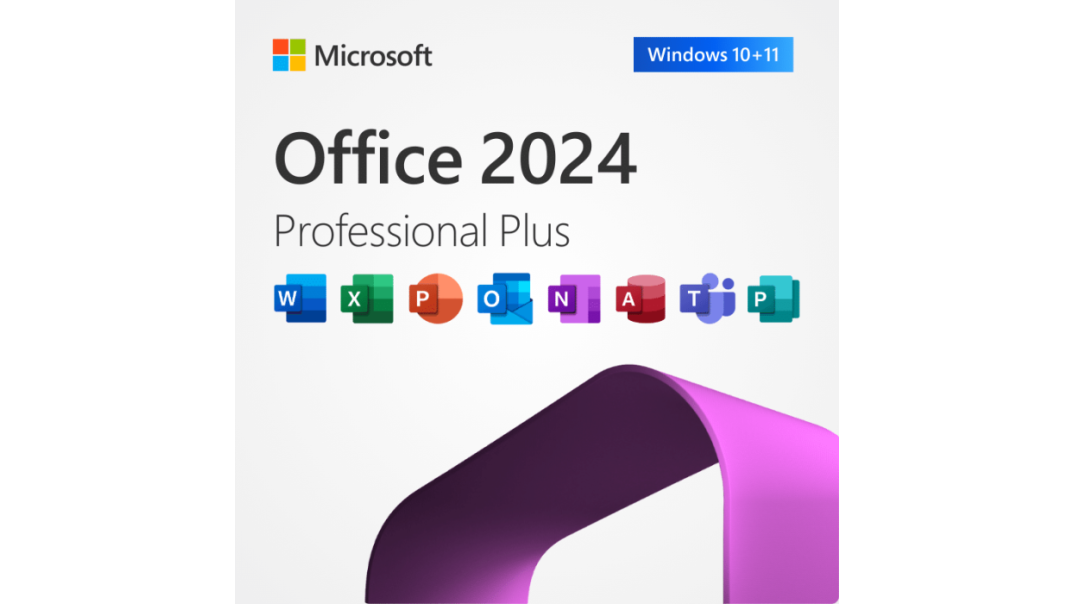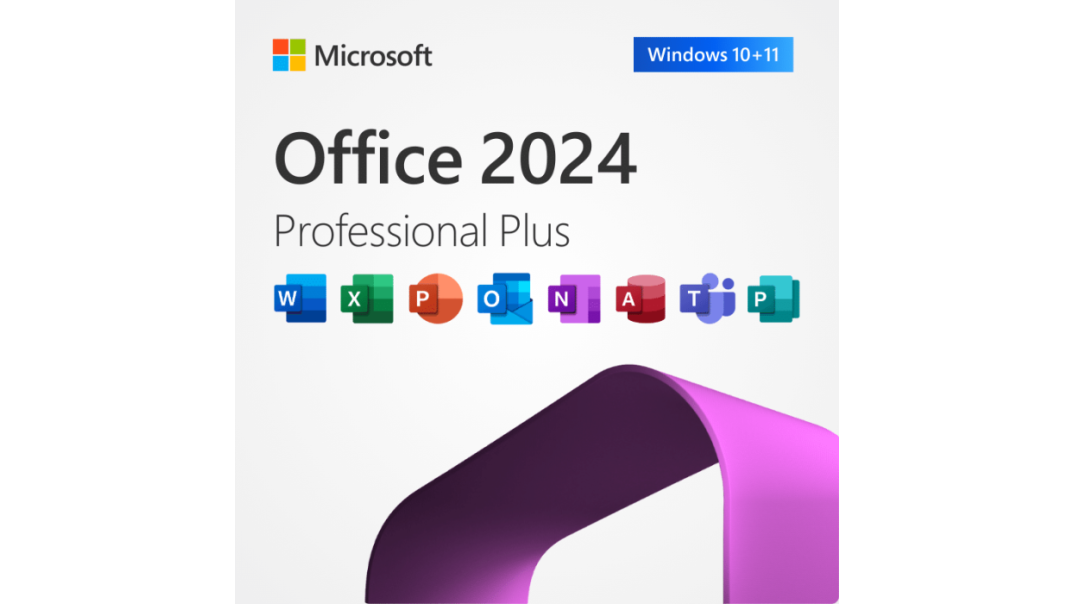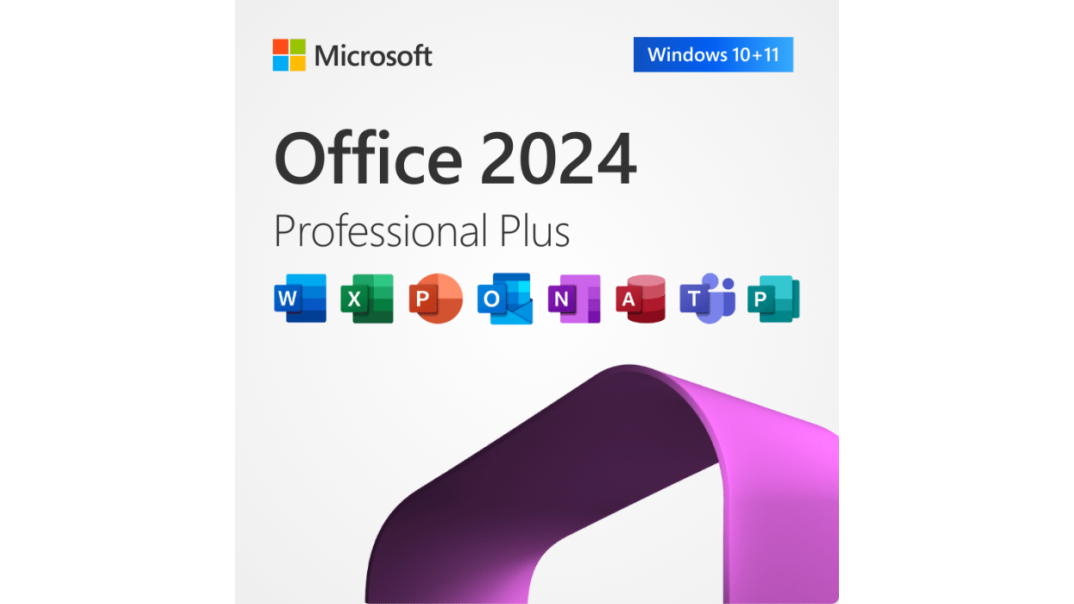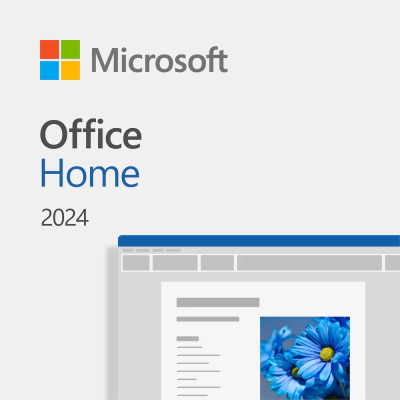Microsoft Office is a suite of powerful tools that have become indispensable for millions of users worldwide. Whether creating documents, working with spreadsheets, preparing presentations, or organizing email, Office applications handle these tasks quickly, efficiently, and with consistently high-quality results. It’s no surprise that each new release of this software package generates tremendous interest and expectations among both individual users and the business community.
The recent announcement of Microsoft Office 2024 Professional Plus is no exception — this latest version of the popular office suite aims to elevate user productivity to new heights. Developers promise a range of significant improvements and additions that will affect all key applications in the package — Word, Excel, PowerPoint, and Outlook — and users can benefit from various Microsoft Office 2024 tips and tricks. In this article, we will examine the key innovations of the latest office suite in detail and share useful tips for setting up and using its applications.
Exploring New Features in Microsoft Office 2024
Microsoft Office 2024 offers numerous enhancements and new functions designed to increase productivity and optimize user workflows. Among the most significant innovations:
- Support for OpenDocument Format (ODF) 1.4 in Word, Excel, and PowerPoint, providing broader document compatibility options. This open document storage standard ensures seamless file exchange between various office suites and platforms, which is especially important for organizations using heterogeneous software environments.
- An improved user interface with more intuitive menu organization and a modern design reminiscent of Microsoft 365. The updated interface looks more aesthetically pleasing and contributes to increased work efficiency by optimizing access to key functions and tools.
- Enhanced capabilities for collaborative document work. Now, multiple users can simultaneously edit the same file, seeing each other’s changes in real-time.
- An improved commenting and mention system allows for more effective discussion of document content and prompt exchange of feedback with colleagues.
For organizations whose activities require frequent interaction between employees and teams, these updates will be an indispensable aid in their daily work.
Personalizing Microsoft Office 2024 Installation
Personalizing Microsoft Office goes beyond mere aesthetics; you need it to create a workspace that aligns with your workflow and preferences. Custom interface setup Office 2024 allows users to tailor their experience for maximum efficiency:
- First, it’s worth paying attention to customizing the ribbon and toolbar in Office applications. Moving frequently used functions and commands to a prominent place will reduce access time and increase work efficiency.
- Office 2024 offers various interface themes — from light and colorful to dark and minimalist — so that everyone can choose the most comfortable option for themselves.
- Flexible settings for the appearance and behavior of applications will help optimize the workspace for specific tasks and user preferences. But to do so, you need to activate the suite using a Microsoft Office 2024 product key.
Additional Features of Microsoft Office 2024
Office 2024 advanced user options offer even more possibilities for power users to fine-tune their experience. For example:
- Excel offers new chart types, such as funnel and histogram, as well as enhanced capabilities for working with data arrays.
- Outlook has received improved options for creating meetings and enhanced search functionality.
To make the most effective use of these and other innovations, it is recommended to study the advanced settings of each application in detail and adapt them to your work style. Properly selected parameters will help automate routine operations, speed up the execution of daily tasks, and generally increase productivity.
Effective Collaboration Using Office 2024 Tools
Collaboration in Microsoft Office 2024 has been significantly improved, allowing teams to work more efficiently than ever before. To fully utilize the potential of new team interaction tools, it is necessary to properly configure the corresponding functions and services. This primarily concerns file and folder sharing, real-time change synchronization, and access rights management for different user categories.
Additionally, Office 2024 offers improved tools for collaborative document editing, such as enhanced comments and colleague mentions. By configuring these functions according to your team’s structure and needs, you can organize truly effective collaborative work on projects of any complexity.
Security and Privacy Settings in Office 2024
Data security and privacy are priority aspects when working with any office applications. The security features in Office 2024 have been enhanced to meet the evolving challenges of the digital workspace. First and foremost, it is recommended to activate the built-in document encryption functions, which will help ensure the safety of confidential information even if files fall into the wrong hands.
It is also worth paying attention to privacy settings that control the collection and transmission of diagnostic data and personal information. Careful study and proper configuration of these settings will minimize risks and guarantee the privacy of work processes.
Optimizing Office 2024 for Various Usage Scenarios
Microsoft Office 2024 applications find use in a wide range of fields — from education and scientific research to business and government administration. Optimizing Office 2024 settings can significantly enhance productivity across various use cases. For example:
- Students may find integration with educational platforms and spell-checking services useful.
- Data specialists may benefit from advanced data analysis and visualization functions.
- Businesses should focus on document workflow automation tools, team collaboration instruments, and corporate document templates.
Considering individual needs and properly configuring Office 2024 applications for corresponding usage scenarios will help get the maximum benefit from this multifunctional software suite.
Configuring the Office for Accessibility
Microsoft Office 2024 offers a wide range of settings and functions designed to make working with documents, spreadsheets, and presentations accessible to the broadest audience of users, including people with disabilities. Key accessibility tools include high-contrast interface themes, support for Braille fonts, and text-to-speech functions.
Additionally, users have access to various keyboard shortcut combinations and the ability to control them with voice commands, which facilitates work for people with motor impairments. Flexible customization of accessibility parameters in Office 2024 will allow adapting applications to the specific features and needs of each user, making work with documents even more comfortable and efficient.
FAQs on Using and Customizing Microsoft Office 2024
How can I customize the toolbar in Microsoft Office 2024?
The toolbar in Office 2024 applications can be easily customized by going to the “Options” menu, selecting “Customize Ribbon,” and then adding, removing, or rearranging commands to suit individual preferences and workflows.
Can I import my settings from an earlier version of Office 2024?
Yes, Microsoft Office 2024 allows users to import their custom settings, templates, and macros from previous versions of Office, ensuring a smooth transition and maintaining personalized configurations.
Can Office 2024 be customized for use by individuals with disabilities?
Office 2024 offers a wide range of accessibility features, such as high-contrast themes, keyboard shortcuts, and voice dictation, which can be customized to meet the specific needs of users with disabilities.
How do I manage privacy settings in Microsoft Office 2024?
Privacy settings in Office 2024 can be managed through the “Trust Center” menu, where users can control data sharing, diagnostic data collection, and connected services to ensure their information remains secure and confidential.

